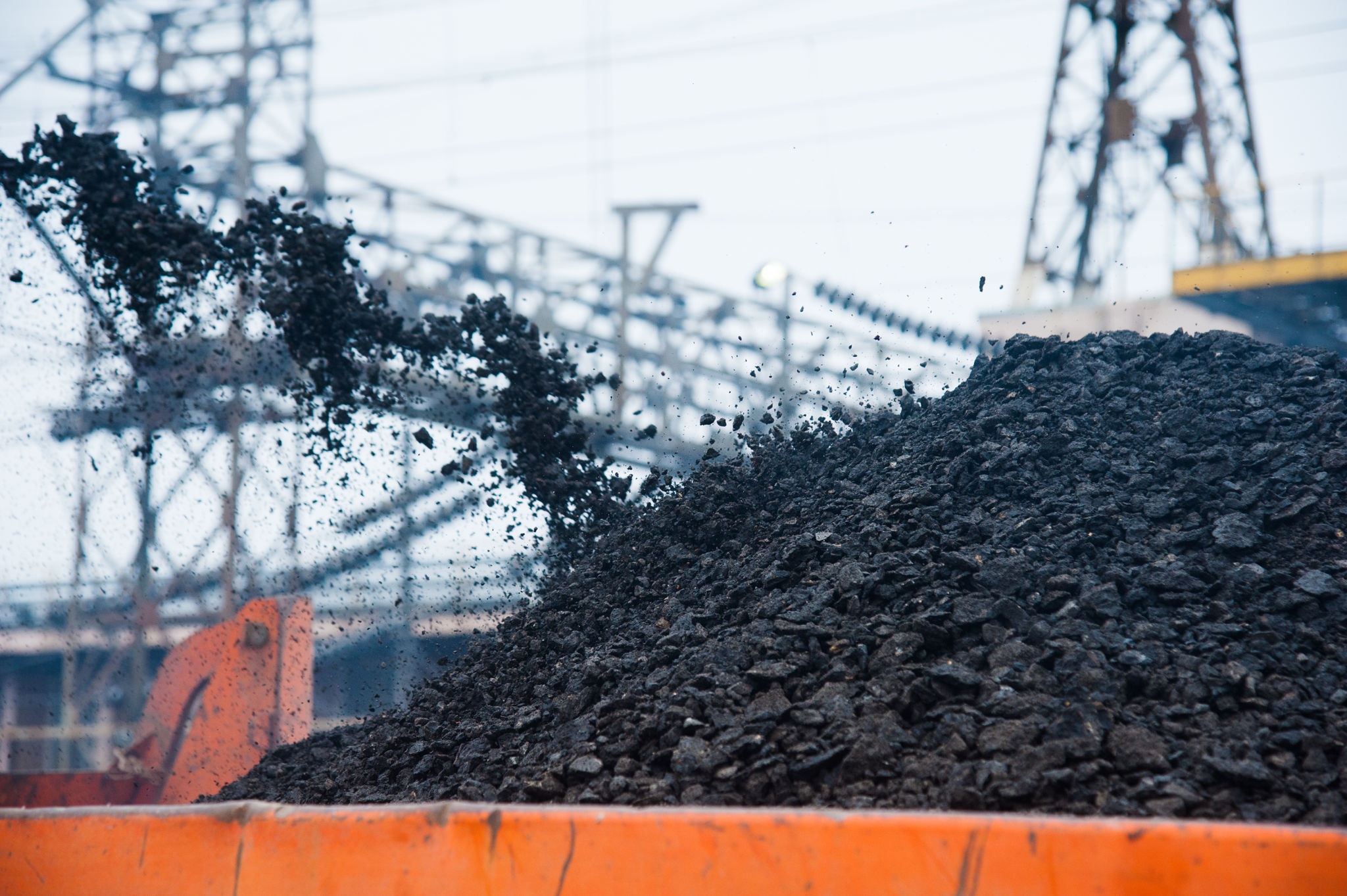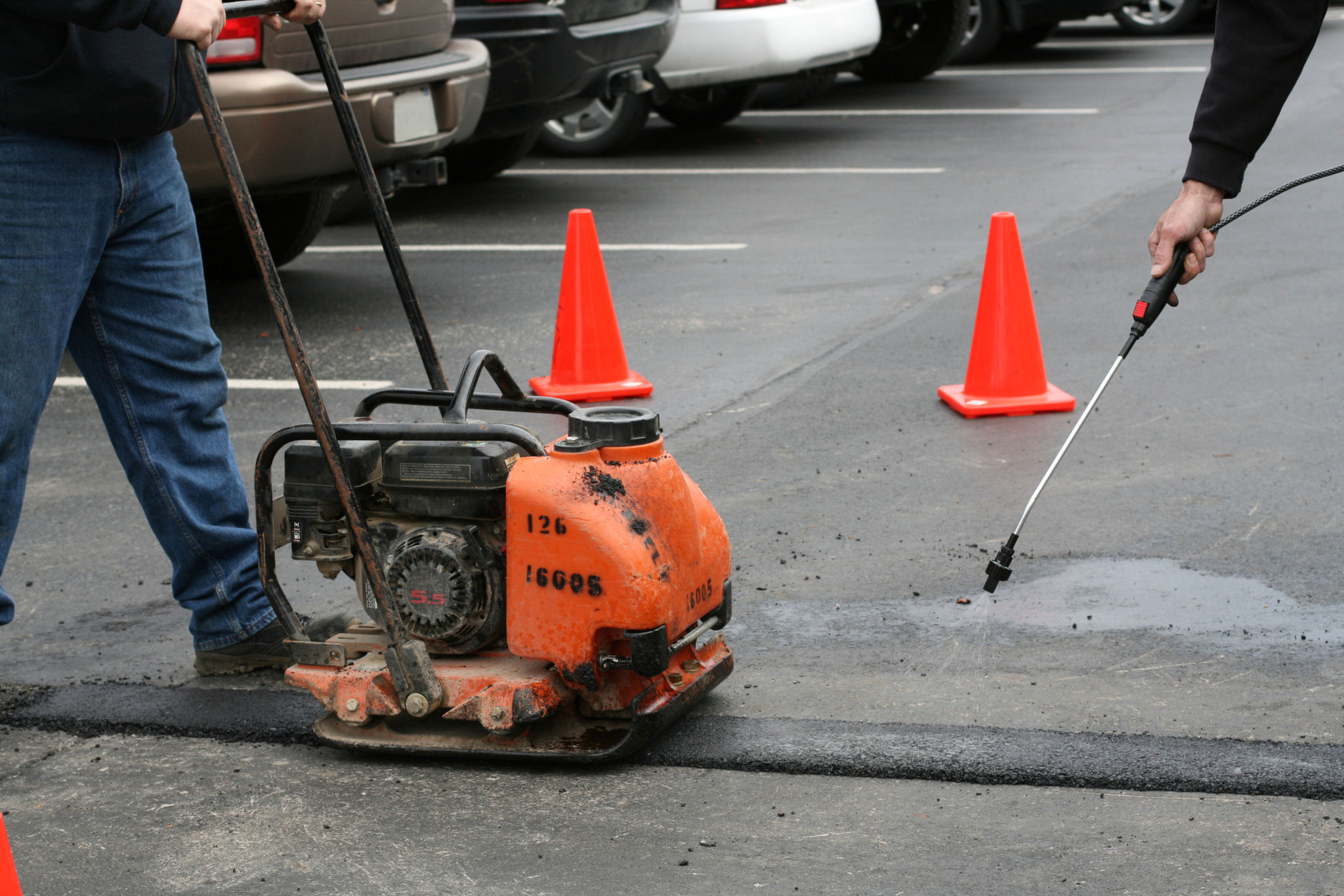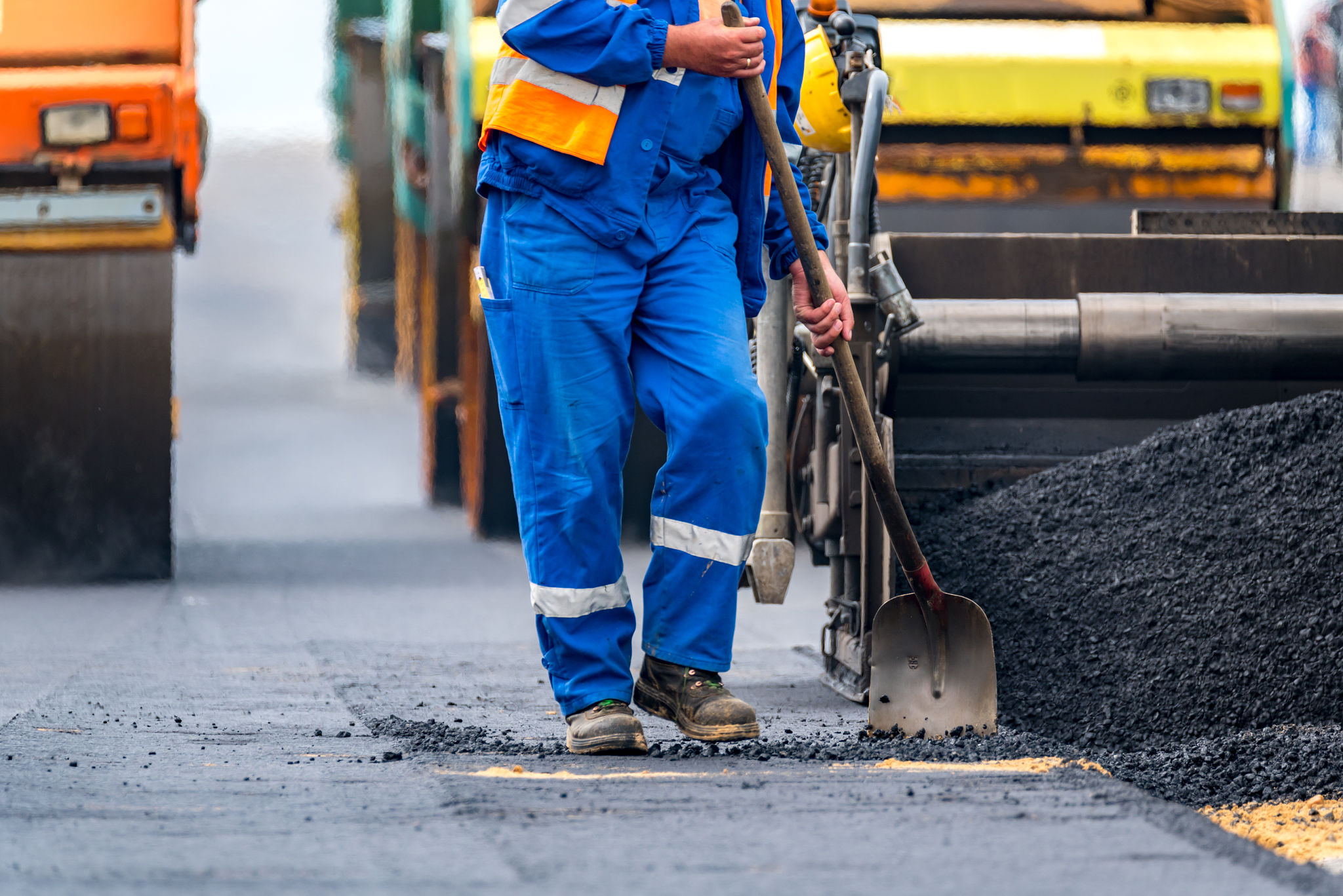Common Misconceptions About Asphalt Surfacing Debunked
Misconception 1: Asphalt is Only for Roads
Many people believe that asphalt is used exclusively for road construction. However, this versatile material is employed in a variety of applications beyond just roads. Asphalt is a popular choice for driveways, parking lots, airport runways, and even sports surfaces. Its durability and cost-effectiveness make it an ideal option for numerous projects.
In addition to its primary uses, asphalt is also increasingly being utilized in creative landscaping designs and pathways in parks. Its ability to withstand heavy traffic and weather elements adds value to any construction project.

Misconception 2: Asphalt is Environmentally Harmful
This common misconception stems from the belief that asphalt production and usage contribute significantly to environmental degradation. In reality, asphalt is one of the most recycled materials in the world. It can be reused multiple times without losing its quality, reducing the need for new raw materials.
Moreover, innovations in asphalt production have led to the development of eco-friendly variants like warm-mix asphalt, which requires less energy to produce. This advancement helps in lowering greenhouse gas emissions, making asphalt a more sustainable choice than many people realize.

Misconception 3: Asphalt is Prone to Damage
Another prevalent myth is that asphalt surfaces are easily damaged and require frequent maintenance. While it is true that asphalt can develop cracks or potholes over time, these issues are often due to improper installation or extreme weather conditions rather than a flaw in the material itself.
When installed correctly and maintained regularly, asphalt can last for decades. Simple preventive measures like applying sealcoating can significantly extend the lifespan of an asphalt surface by protecting it from UV rays, water infiltration, and chemical spills.

Misconception 4: Asphalt is Expensive
Some individuals assume that using asphalt for surfacing projects is costly. However, when compared to other materials like concrete, asphalt is generally more affordable both in terms of initial installation and maintenance costs. Its fast installation process also means less labor time and associated expenses.
The long-term savings are notable as well. Asphalt's longevity and recyclability contribute to lower costs over its lifespan, making it a cost-effective solution for many construction projects.
Misconception 5: Asphalt Only Comes in Black
While traditional asphalt is indeed black, advancements in technology have introduced colored and textured options. These variations offer aesthetic flexibility for projects that require a specific look or design.
Colored asphalt can enhance the visual appeal of public spaces, pathways, and driveways while still providing the same durability and functionality of regular asphalt. This variety expands the possibilities for architects and designers looking to incorporate unique elements into their projects.

Conclusion
Understanding the truths about asphalt surfacing can help you make more informed decisions for your next project. From its environmental benefits to its cost-effectiveness and versatility, asphalt proves to be a smart choice for a wide range of applications. By debunking these misconceptions, we hope to shed light on the true potential of this remarkable material.